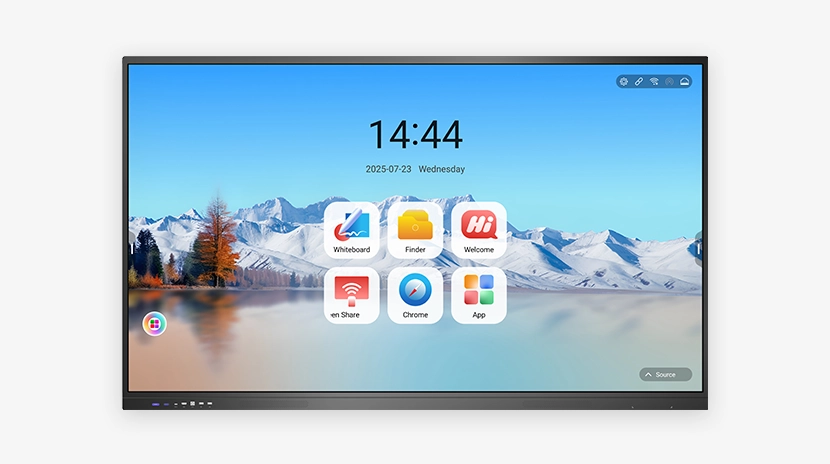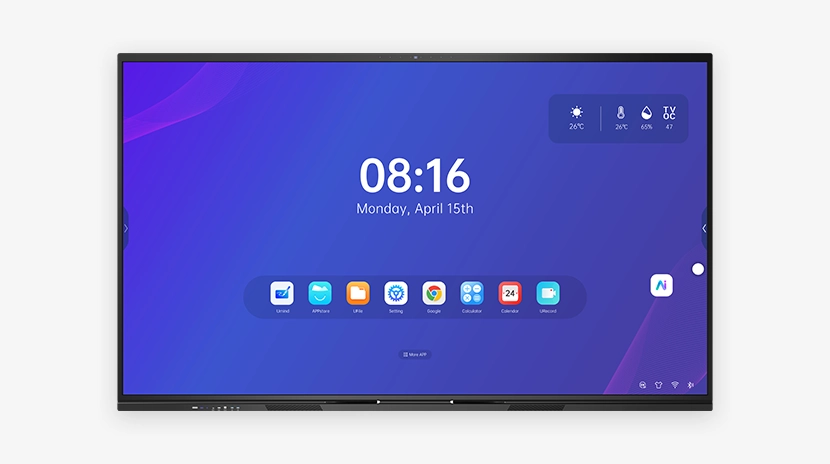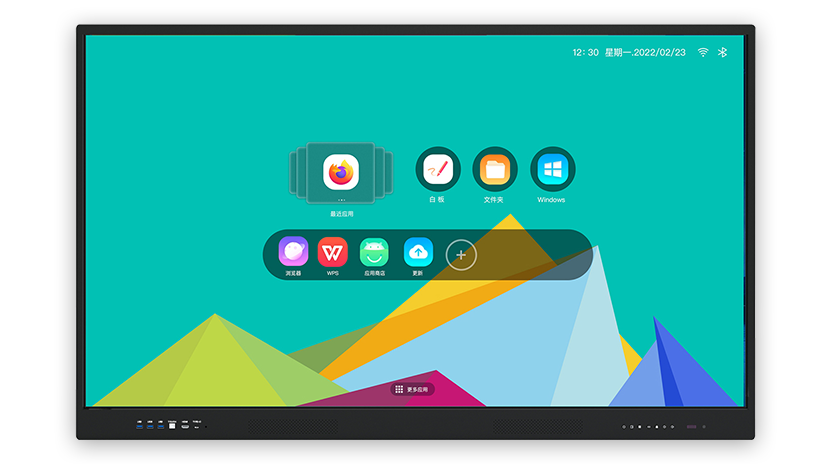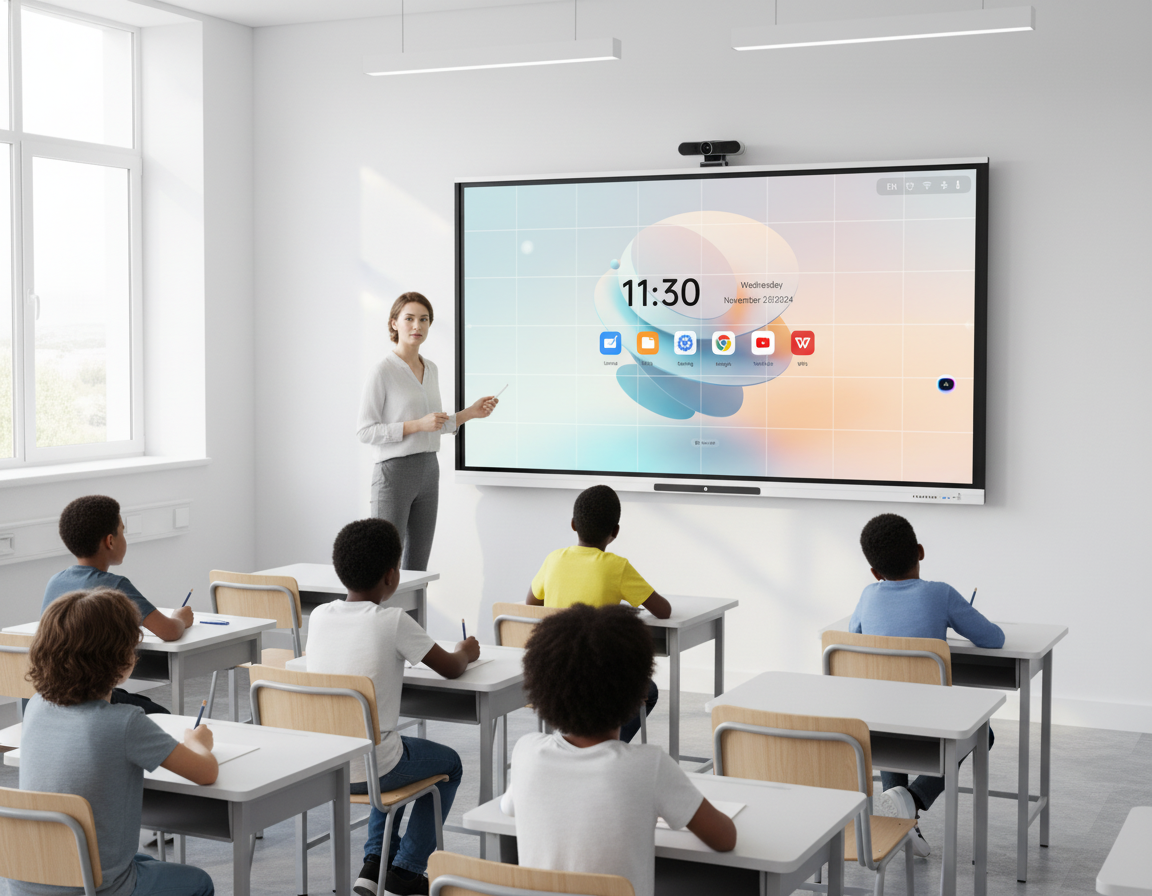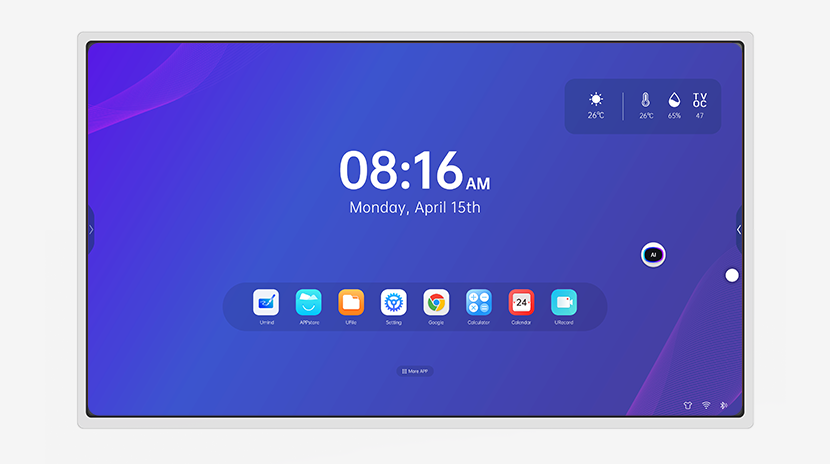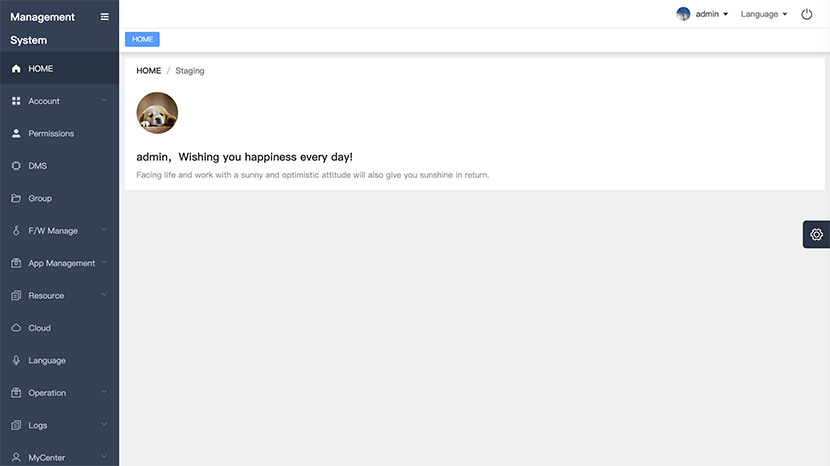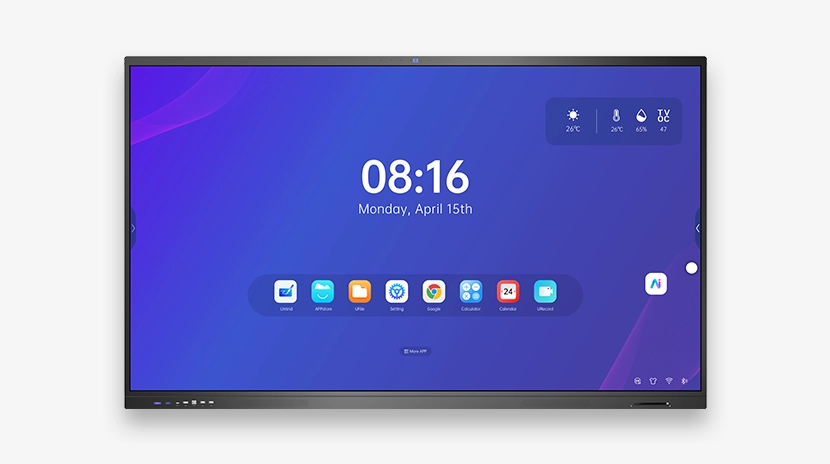Why Do Interactive Flat Panel Display Choose QLED Screens?
In the wave of digital teaching and enterprise collaboration, interactive flat panel display have become the "smart center" of modern classrooms and conference rooms. Among the many screen technologies, QLED (quantum dot light-emitting diode) is becoming the first choice for high-end interactive display with its excellent display performance and durability. This article will start from market trends, technical advantages and comparative analysis to reveal why QLED screens have become the ideal choice for interactive flat panel display.
Why has QLED become the new favorite of the industry?
With the popularization of educational informatization and remote collaboration, the market has put forward higher requirements for the display effect, stability and service life of interactive flat panel. According to Omdia data, global QLED screen shipments will increase by 35% year-on-year in 2023, especially in education and corporate conference scenarios, accounting for more than 40%. Its core driving force is:
High-demand scenarios surge: Online teaching, 4K video conferencing and other scenarios that require accurate color reproduction and high brightness drive QLED demand.
Cost and performance balance: QLED is close to OLED in picture quality, but has a longer life and lower cost, and is more suitable for high-frequency commercial scenarios.
Policy support: Education departments in many countries have included high-color display devices in the construction standards of smart classrooms, and QLED has become the preferred choice for compliance.
Introduction to QLED technology: How do quantum dots reshape the visual experience?
The core of QLED is quantum dots technology, which is based on the principle of releasing precise wavelengths through nano-scale semiconductor particles under blue light excitation, thereby achieving a wider color gamut and higher brightness.
Color performance: QLED can cover 100% of the DCI-P3 color gamut, and the color accuracy (ΔE<2) far exceeds that of traditional LCDs, approaching the level of professional monitors.
Brightness and contrast: The peak brightness can reach 1500 nits, supports HDR10+, and can still display clearly in strong light environments.
Lifespan advantage: Inorganic quantum dot materials are highly stable, without the risk of burn-in of OLED, and the service life is up to 60,000 hours.
QLED vs. Traditional LCD: A leapfrog upgrade
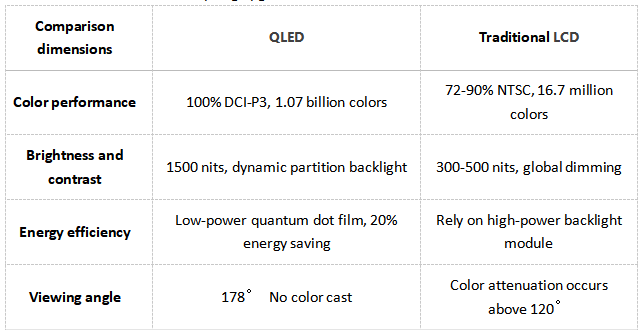
Core advantages of QLED:
More realistic colors: suitable for displaying color-sensitive content such as scientific experiments and art design.
Visible under strong light: When used next to the window of a classroom or conference room, the screen content is still clear.
Long-term stability: No backlight attenuation problem, and the brightness remains above 90% of the initial level after five years.
QLED vs. OLED: A rational choice for commercial scenarios
Although OLED is known for its extreme contrast, QLED is more practical in the field of interactive display:
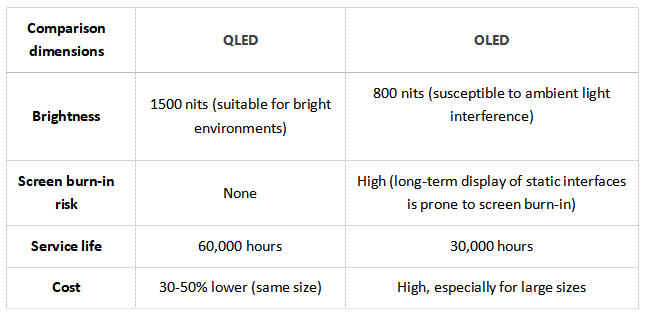
Reasons for QLED's success:
Anti-burn-in design: Fixed interfaces (such as menu bars) are often required in teaching scenarios, and QLED has no permanent afterimage risk.
High brightness rigid demand: Classrooms and conference rooms are usually well-lit, and QLED's brightness advantage is more practical.
Cost-effectiveness: Large-size interactive display are cost-sensitive, and QLED can achieve high-end display effects at a lower price.
Why must interactive flat panel display choose QLED screens?
Teaching accuracy:
The cell structure of biology class and the color wheel teaching of art class require extreme color reproduction. QLED's ΔE<2 ensures that the content is not biased.
Environmental adaptability:
Classrooms are often interfered by multiple light sources. QLED's high brightness and anti-reflective coating ensure that the content is clearly visible.
Durability and maintenance cost:
Based on 8 hours of use per day, QLED screens can operate stably for more than 20 years, far exceeding ordinary LCDs (5-8 years).
Energy saving and environmental protection:
QLED power consumption is 20% lower than LCD, which meets the sustainable development goals of green campuses and enterprises.
QLED-the future standard of interactive flat panel display
QLED screens, with their core advantages of color accuracy, high brightness and long life, perfectly meet the stringent requirements of education and enterprise scenarios for display devices. Whether it is to avoid the risk of OLED burn-in or to surpass the performance ceiling of traditional LCD, QLED represents the optimal solution under current technical conditions. With the continuous evolution of quantum dot technology, QLED may become the "gold standard" of interactive all-in-one machines, promoting smart education and enterprise collaboration towards a higher quality future.


















